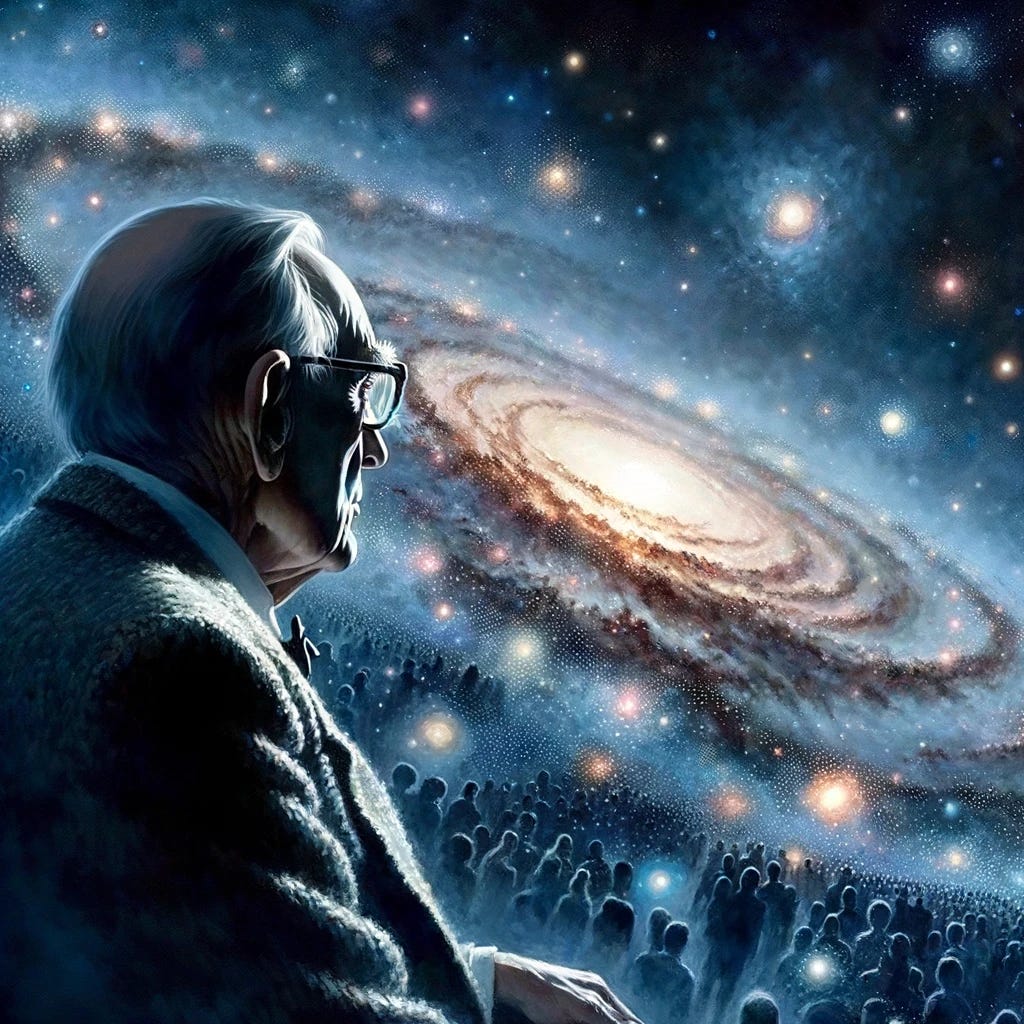These theories were based on the hypothesis that all the matter in the universe was created in one big bang at a particular time in the remote past.
Sometimes a phrase is carefully crafted to describe a new phenomenon or idea. Other times, someone will casually throw a word or two out there, and that’s what sticks.
Fred Hoyle and the current best explanation for how the universe works were beneficiaries of this second type of phrase origination. Here’s how that happened.
Sir Fred Hoyle was a brilliant scientist because of his innovative and novel ways of looking at things. Unfortunately, this openness ultimately tarnished his legacy to a degree (more on that in a bit), but it also opened doors for some of the most important discoveries of the mid-20th century.
Hoyle’s most profound insight? The idea that all elements heavier than lithium were cooked inside of stars.
This was revolutionary, and it ran completely counter to the prevailing thought at the time: that all elements formed in …
Keep reading with a 7-day free trial
Subscribe to Goatfury Writes to keep reading this post and get 7 days of free access to the full post archives.




